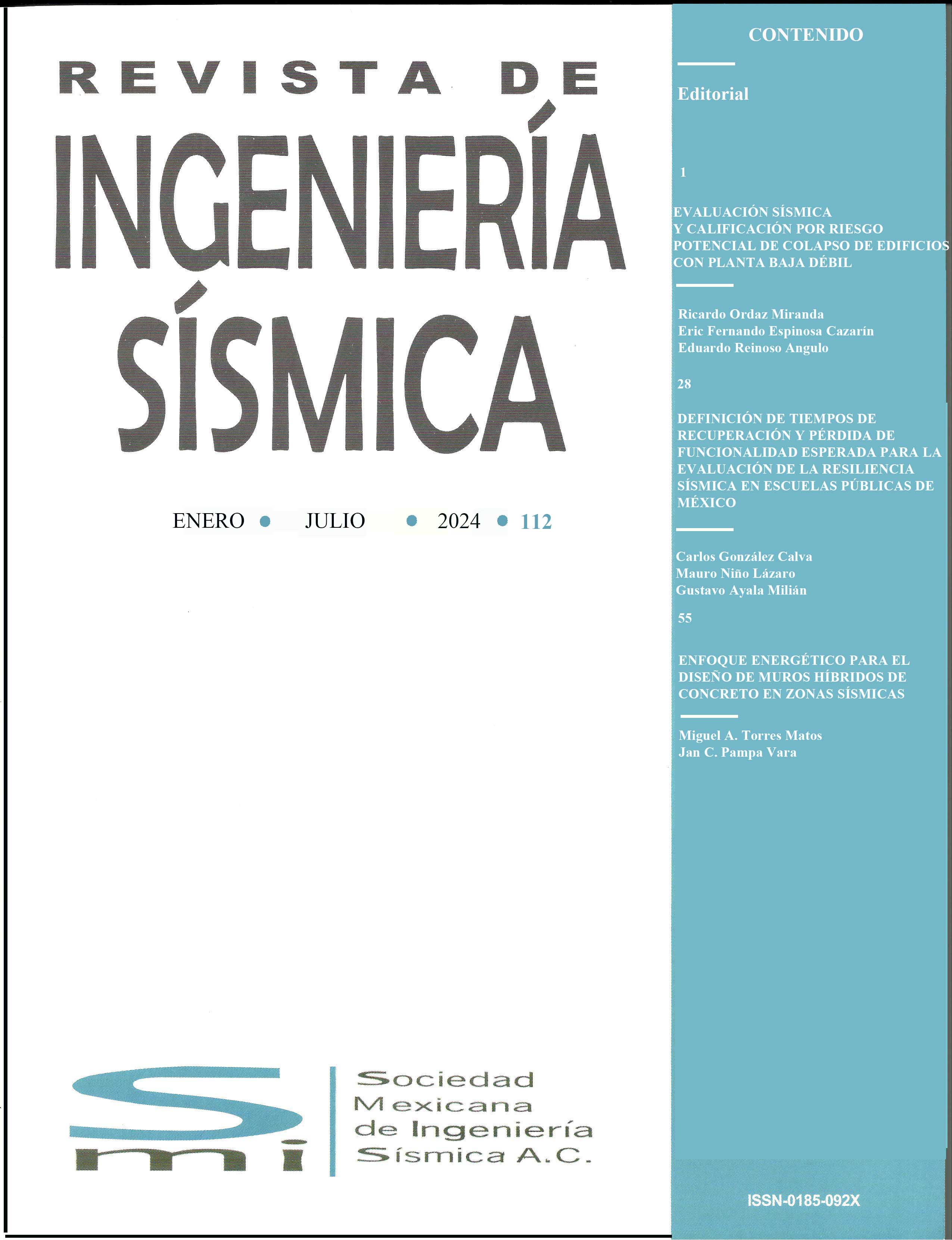Número Centenario de la Revista de Ingeniería Sísmica
A nombre de la Sociedad Mexicana de Ingeniería Sísmica (SMIS), tenemos el honor de presentar la edición del número centenario de la Revista de Ingeniería Sísmica, correspondiente al semestre enero-junio de 2019, lo cual nos llena de satisfacción y orgullo.





